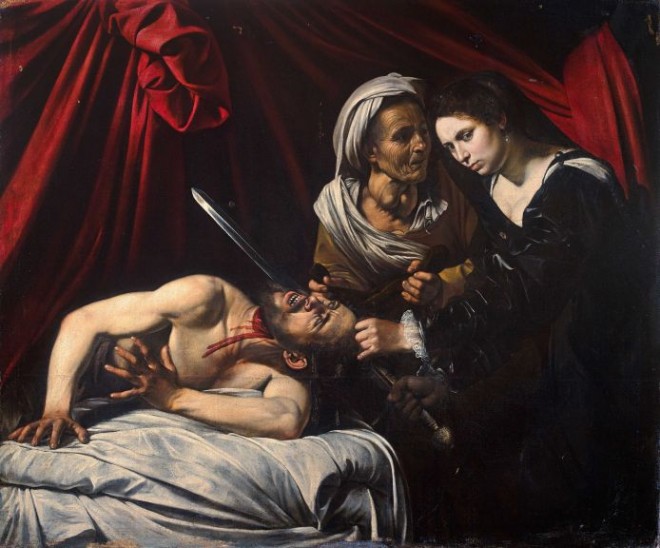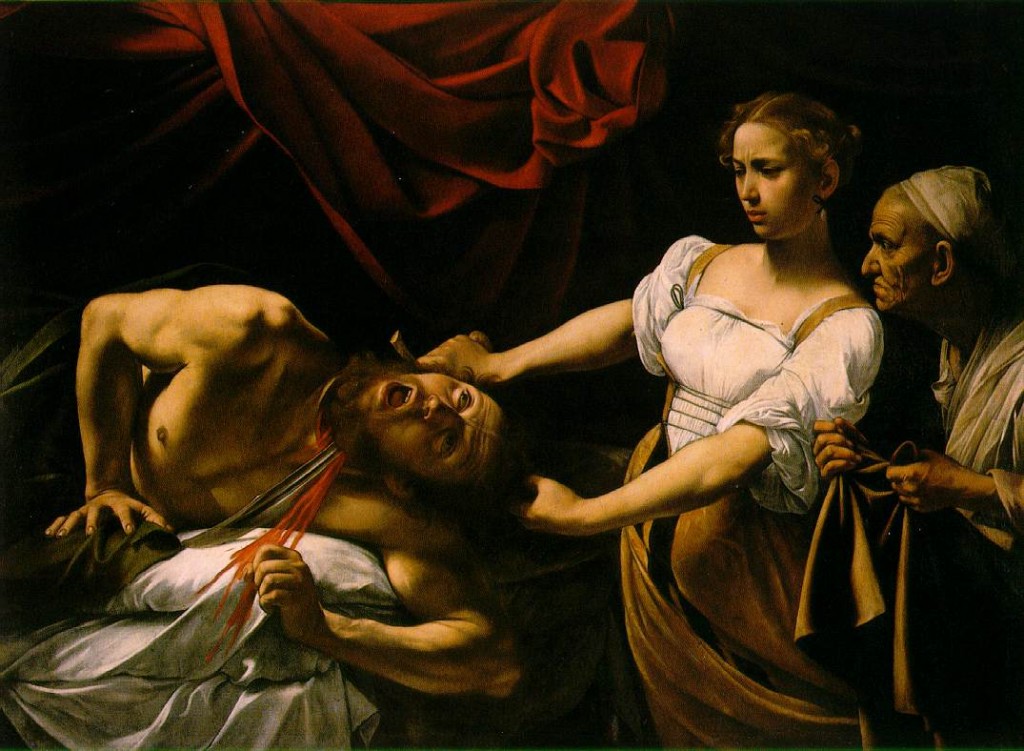$170 Million for “Judith Beheading Holofernes”

The large canvas artwork “Judith Beheading Holofernes,” which, according to some experts, was created by Italian artist Caravaggio, can be put up for sale this summer. Despite the fact that art experts have not come to a consensus about the authorship of the realist painting found in the attic, its preliminary assessment is somewhat stunning.
Sellers who insist that the large-scale religious piece of art is the author’s version of “Judith Beheading Holofernes,” painted in 1607, believe that it costs from 100 to 150 million euros (from 114 to 171 million US dollars). French art critic Eric Turkin announced this number based on the price of 160 million euros, for which the Amsterdam Rijksmuseum and the Paris Louvre jointly bought portraits by Rembrandt in 2016.
Caravaggio’s art piece was discovered in 2014 during the cleaning of a leaking attic in a large house in Toulouse. For two years, the world knew nothing about the discovery until it was presented in the Ministry of Culture of France in 2016. The government imposed a 30-month ban on the export of “Judith Beheading Holofernes” to give the Louvre some time to decide whether to buy it. The museum rejected the deal, and when the restriction expired in December 2018, the authorities allowed to sell the canvas on the open market.
As evidence that the newly discovered painting is the second version of the legendary biblical scene, historians cite a letter by the Flemish painter Frans Pourbus the Younger who saw it in 1607 at the painter and art dealer Louis Finson, a disciple of Caravaggio. After that, there are gaps in the history of the artwork, which, according to Turkin, are explained by the fact that Caravaggio was completely out of fashion from 1650 to 1950. His paintings were worthless, and no one was looking for them.
Meanwhile, it is widely known that Finson made a copy of “Judith Beheading Holofernes,” and art critic Mina Gregory believes that the discovered canvas belongs to him. Those who support the version of Caravaggio’s authorship, indicate the overall quality of art piece and the presence of pentimento (corrections). They show that the artist made amendments during the creation of the composition, which does not happen with copies.
From March 1 to March 9, 2019, a newly discovered version of “Judith Beheading Holofernes” was exhibited in the Colnaghi Art Gallery in London.


